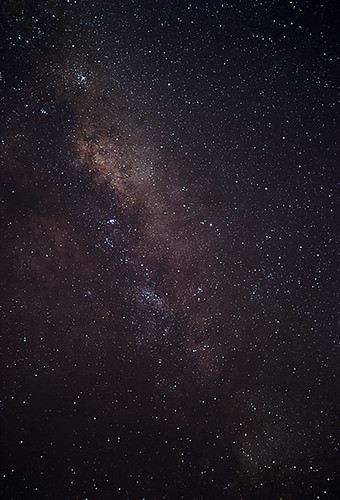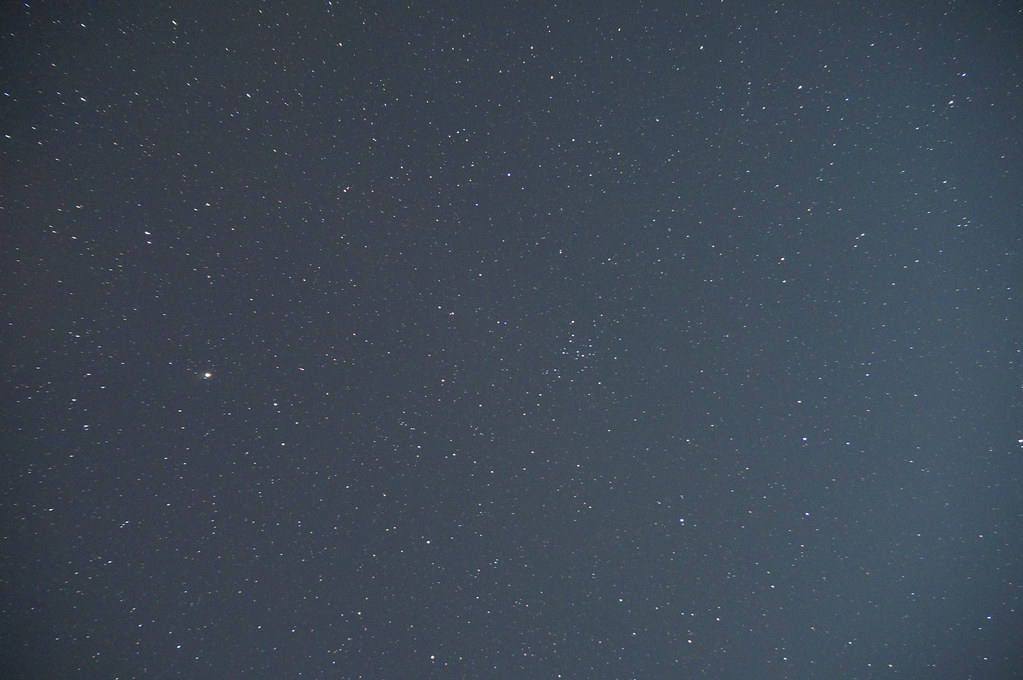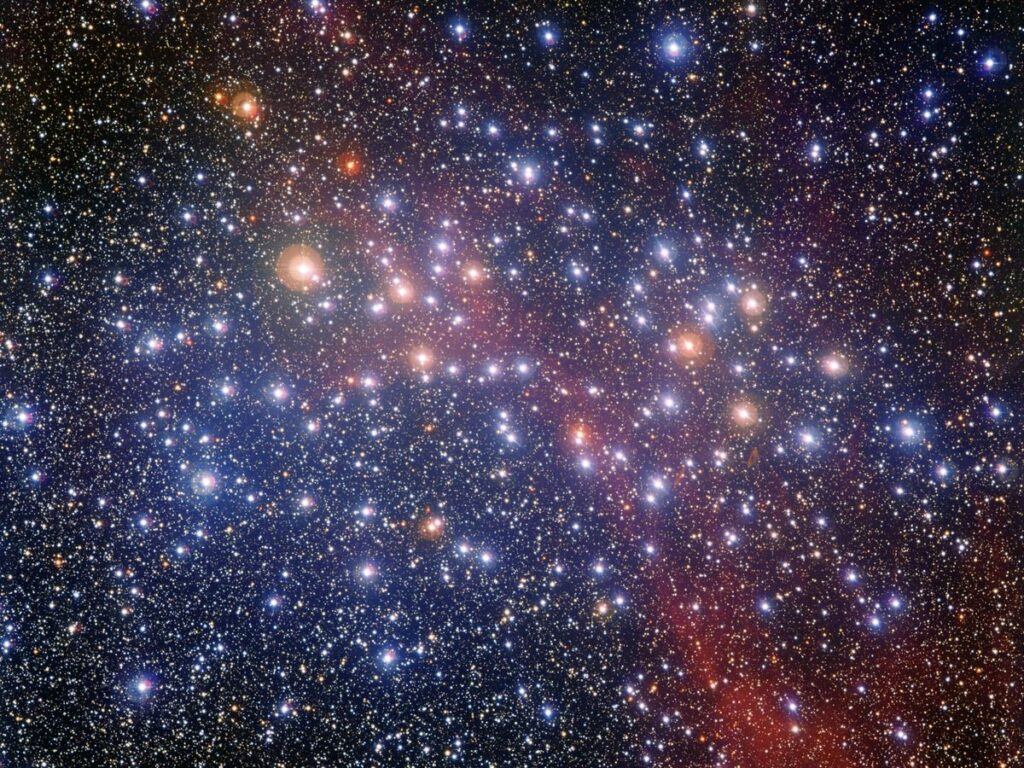
Have you ever looked up at the night sky and truly pondered the sheer number and incredible lives of the stars twinkling above? It’s mind-boggling to think about! Astronomers estimate that our universe could contain up to one septillion stars – that’s a one followed by 24 zeros, folks. And right here in our own backyard, our Milky Way galaxy is home to more than 100 billion of these magnificent celestial bodies, including our very own, most well-studied star, the Sun.
But here’s the thing about stars: they aren’t just static points of light. Oh no, they’re giant, dynamic balls of hot gas, mostly hydrogen with some helium and other elements, each embarking on its own unique life cycle. Just like us, they have a beginning, a long period of activity, and eventually, a dramatic end. These cosmic luminaries undergo incredible transformations, sometimes going from a blaze of glory to a quiet, almost ‘forgotten’ state, leaving behind only whispers of their former brilliance.
So, buckle up, stargazers! We’re about to embark on a thrilling journey through the universe, exploring the fascinating sagas of 12 celestial stars. We’ll trace their paths from their explosive births to their radiant prime, and finally, to their stunning, sometimes mysterious, transformations into cosmic remnants. Prepare to be amazed by these stellar stories of rise, fall, and enduring legacy!

1. **Protostars: The Genesis of Cosmic Brilliance**Every star, no matter how grand, begins its journey as a humble protostar, a ‘baby star’ in the making. These nascent stellar objects are born within colossal clouds of gas and dust known as molecular clouds. Imagine cosmic nurseries, stretching hundreds of light-years across, some containing mass equivalent to 1,000 to 10 million Suns! It’s within these frigid, sprawling clouds that the magic of star formation truly begins, setting the stage for future cosmic brilliance.
The cold temperatures within these molecular clouds play a crucial role, causing the gas to naturally clump together. As these high-density pockets form, they don’t just sit idly by; they can collide with each other or draw in more surrounding matter, steadily strengthening their gravitational pull. This gradual accumulation of mass and increasing gravitational force is the essential first step toward a star’s birth, initiating the collapse that will ultimately ignite its core.
Eventually, gravity takes over entirely, causing some of these dense clumps to collapse inward under their own immense weight. As this material rapidly compresses, friction comes into play, generating an enormous amount of heat. This internal heating is what leads to the development of a protostar – a glowing, embryonic star that hasn’t quite begun nuclear fusion yet, but is well on its way. These early phases are truly spectacular, often occurring in vast groups that astronomers call stellar clusters, found nestled in what are aptly named stellar nurseries. For instance, the edge of a nearby stellar nursery known as NGC 3324, situated in the northwest corner of the Carina Nebula, presents a stunning visual, revealing the dramatic landscapes where stars are born.
Read more about: Celestial Luminaries: An In-Depth Journey Through the Extraordinary Lives of Stars
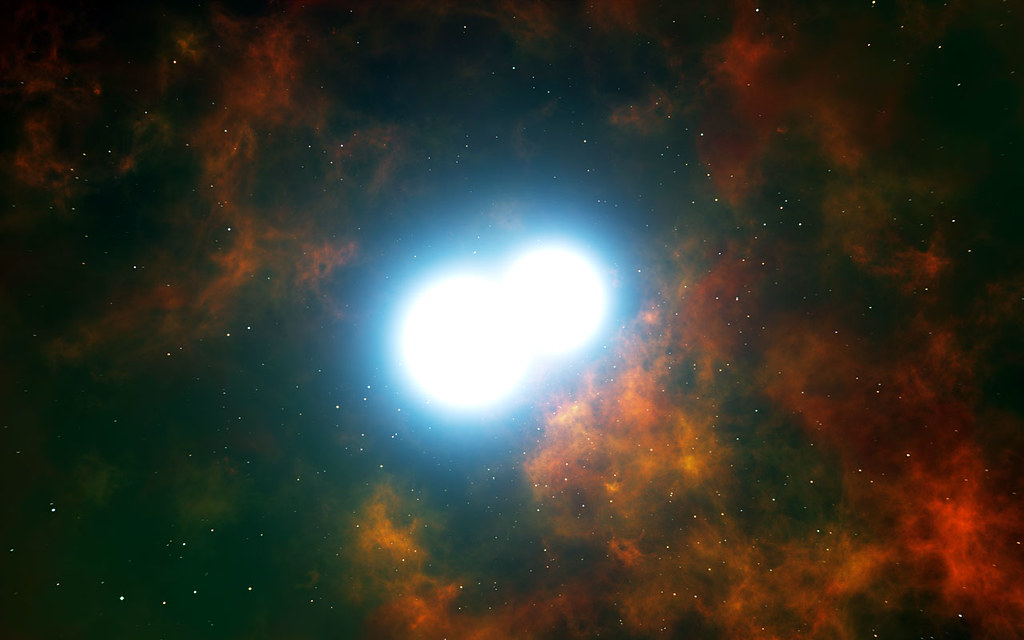
2. **Main Sequence Stars: The Universe’s Long-Running Superstars**After millions of years of gestation, a protostar finally ignites, entering what astronomers call the main sequence stage. This is arguably the most recognizable and longest phase of a star’s life, a period of stable brilliance where it truly earns its ‘superstar’ status. Our own Sun is a fantastic example, currently shining brightly and steadily as a main sequence star, roughly midway through this enduring stage of its existence.
The defining characteristic of a main sequence star is nuclear fusion. Deep within its core, immense pressures and temperatures squeeze the nuclei of hydrogen atoms together, forming helium. This incredible process releases vast amounts of energy, which not only heats the star to scorching temperatures but also creates an outward pressure that perfectly balances the inward pull of gravity. This delicate equilibrium is what allows main sequence stars to remain stable, preventing them from collapsing further under their own immense weight.
Throughout its millions or even billions of years on the main sequence, a star’s luminosity, size, and temperature will only change slowly. These stars are, in essence, steady burners, tirelessly converting hydrogen into helium. The duration of this stable phase, however, isn’t universal. A star’s mass is the primary determinant; lower-mass stars burn their fuel at a much slower rate, allowing them to shine longer, albeit dimmer and cooler, for trillions of years. In contrast, very massive stars are like cosmic drag racers, burning through their fuel at an accelerated pace to counteract their intense gravitational forces, and thus live for only a few million years before moving on to their next dramatic act.
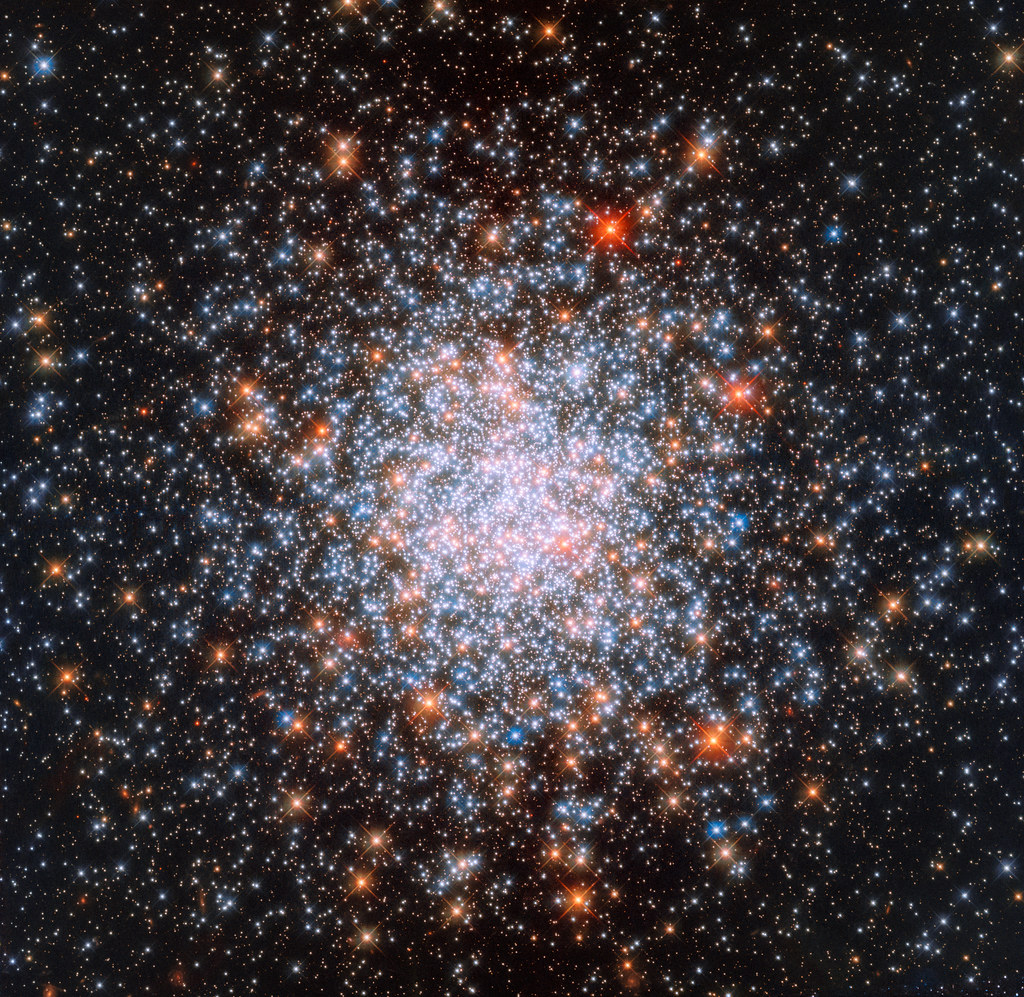
3. **Low-Mass Giants: The Gentle Swell Towards Retirement**Even the longest-running superstars eventually reach a turning point. For a low-mass star, like our Sun, the beginning of its ‘retirement’ phase is marked by a critical depletion: its core simply runs out of hydrogen to convert into helium. This event triggers a cascade of changes that will dramatically transform the star, initiating its journey towards a more ‘forgotten’ state, though not without a final burst of grandeur.
When the hydrogen fuel in the core is exhausted, the energy produced by fusion, which previously balanced gravity’s inward pull, begins to wane. With this internal pressure diminishing, the core starts to collapse under its own weight. This collapse isn’t a quick, final gasp; instead, the squeezing of the core intensely increases its temperature and pressure. This sudden surge in heat and pressure then ignites hydrogen fusion in a shell *around* the core, rather than in the core itself.
The energy released from this shell fusion causes the star’s outer layers to heat up and expand dramatically. The star slowly puffs up, becoming considerably larger and cooler on its surface, transforming into what astronomers call a subgiant or, more prominently, a giant star. This will be the ultimate fate of our Sun, billions of years from now, as it swells to engulf its inner planets, marking a significant departure from its current stable, main sequence form, signifying the beginning of its fading glory.
4. **Pulsating Giants: The Universe’s Unstable Heartbeats**As some of these low-mass giants continue their evolution, they don’t always settle into a serene, expanded state. A fascinating and dynamic stage occurs when certain giants become inherently unstable. This instability manifests as a periodic inflation and ejection of some of their outer atmospheres, turning them into what are known as pulsating giants. These stars literally breathe, expanding and contracting, releasing their stellar material in rhythmic bursts.
This pulsation is a crucial, if temporary, phase in the star’s life, a vibrant, active display just before its final act. It’s a dynamic process driven by complex internal mechanisms, showcasing how a star, even in its later years, can still be a source of incredible cosmic activity. These stellar heartbeats are a testament to the ongoing battle between internal pressures and gravitational forces, creating a dramatic, albeit short-lived, spectacle for observers.
Each pulse sends waves of stellar material outwards, slowly but surely shedding the star’s outer layers into the vastness of space. While not a sudden, explosive event, this periodic shedding contributes significantly to the formation of the next, even more ethereal structure in the star’s life cycle. It’s a controlled release, a graceful disrobing of its once-grand self, preparing for a transition that will leave behind a truly unique cosmic signature.
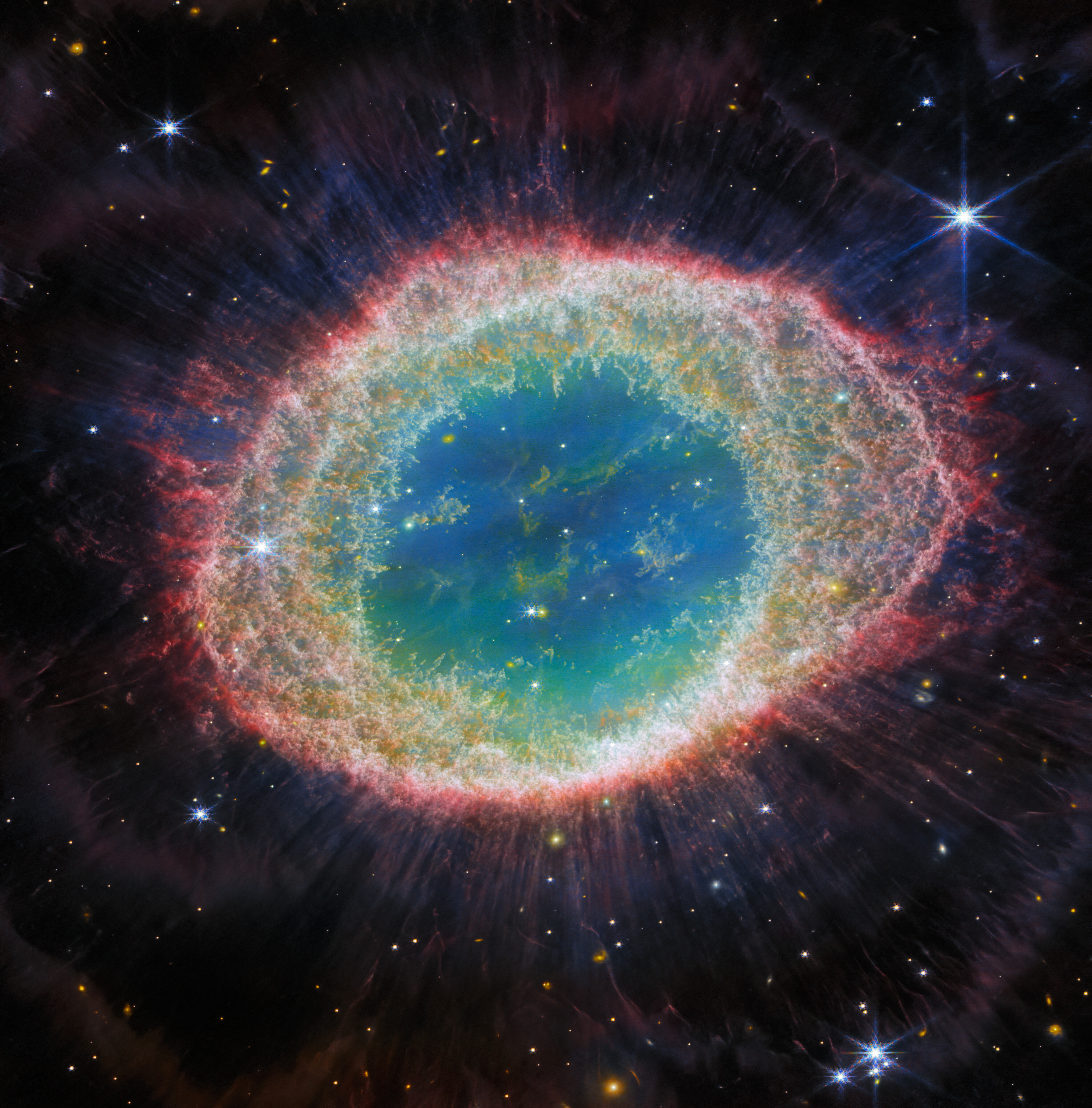
5. **Planetary Nebulae: The Final, Beautiful Curtain Call**After the pulsating giant phase, or simply once a low-mass star has fully expanded and exhausted its outer layers, something truly spectacular yet poignant occurs: the creation of a planetary nebula. Despite their misleading name, these stunning objects have absolutely nothing to do with planets. They are, in fact, an expanding cloud of dust and gas, the beautiful, luminous remnants of a star’s outer atmosphere, gracefully blown away into the cosmos.
This ejection of outer layers is the final artistic flourish of a dying low-mass star, a cosmic swan song that can last for tens of thousands of years. The remaining hot, exposed core of the star, now a nascent white dwarf, emits intense ultraviolet radiation. This radiation ionizes the surrounding shell of gas, causing it to glow brilliantly in a dazzling array of colors and intricate shapes, creating some of the most breathtaking sights in the universe.
These nebulae are a temporary spectacle, however. Over time, the gas and dust continue to expand and disperse, eventually fading into the interstellar medium, effectively becoming ‘forgotten’ as a distinct, glowing entity. One of the most famous examples, the Helix nebula (also known as NGC 7293), lies about 650 light-years away in the constellation Aquarius. It perfectly illustrates the stunning, yet transient, beauty of a planetary nebula, a cosmic masterpiece formed from the dying breath of a star, foreshadowing the fate of our own Sun.
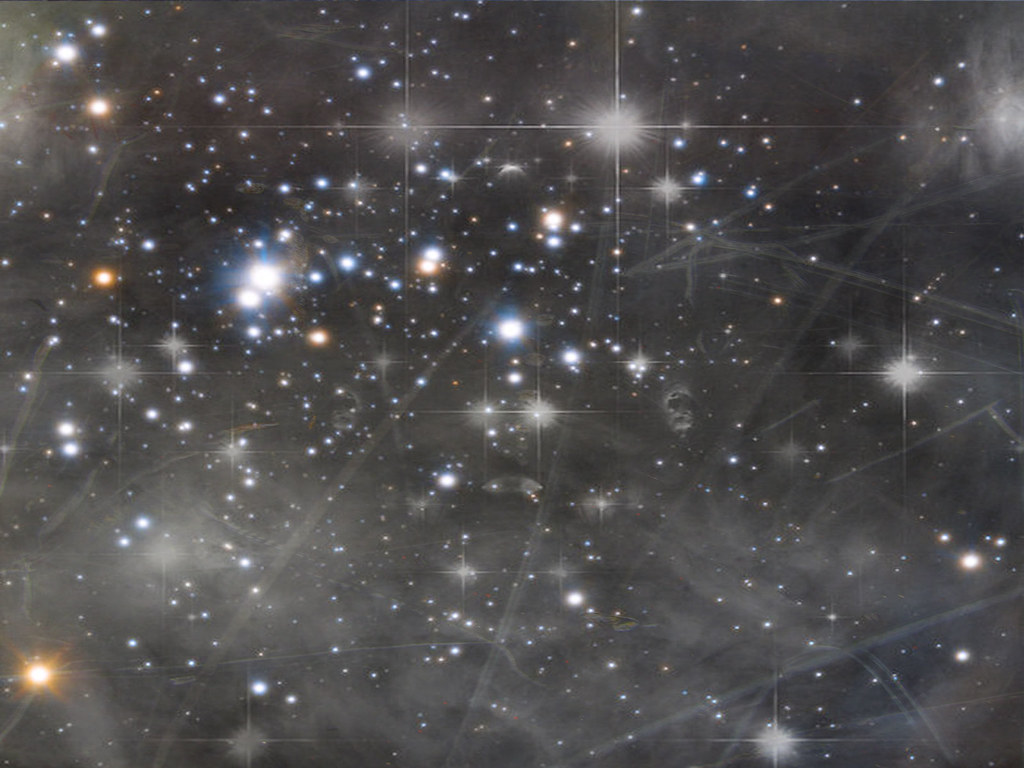
6. **White Dwarfs: The Enduring Embers of a Fading Star**Once the star’s outer layers have completely dissipated to form a planetary nebula, all that remains of the once-mighty star is its core. This incredibly dense remnant is known as a white dwarf. Imagine an entire star’s worth of mass compacted into a sphere roughly the size of Earth – that’s a white dwarf! It’s the ultimate ‘forgotten’ state for a low-mass star, no longer actively fusing elements, but still glowing with residual heat.
A white dwarf is essentially a stellar cinder. It no longer generates energy through nuclear fusion. Instead, its luminosity comes solely from the slow release of its stored thermal energy, gradually cooling down over immense stretches of time. Without the internal furnace of fusion, the star’s fight against gravity is won by electron degeneracy pressure, which prevents further collapse, keeping it stable at its compact size.
This cooling process is incredibly slow, stretching over billions of years, far longer than the current age of the universe. As it cools, a white dwarf will become dimmer and dimmer, eventually transforming into a theoretical ‘black dwarf’ – a completely cold, dark, and truly ‘forgotten’ stellar remnant. These dense, faint objects are the silent, enduring monuments to stars that once shone brightly, reminding us that even cosmic brilliance can eventually fade into the depths of cosmic obscurity, though their dense cores persist as a testament to their former glory.
Alright, stargazers, if you thought the journey of low-mass stars was wild, buckle up! We’re about to dive into the truly explosive, blink-and-you’ll-miss-it finales of massive stars. While our Sun will gracefully puff up and fade away, the universe’s heavyweights go out with a bang that’ll make your jaw drop, leaving behind some of the most mysterious objects in the cosmos. Get ready for some serious cosmic drama!
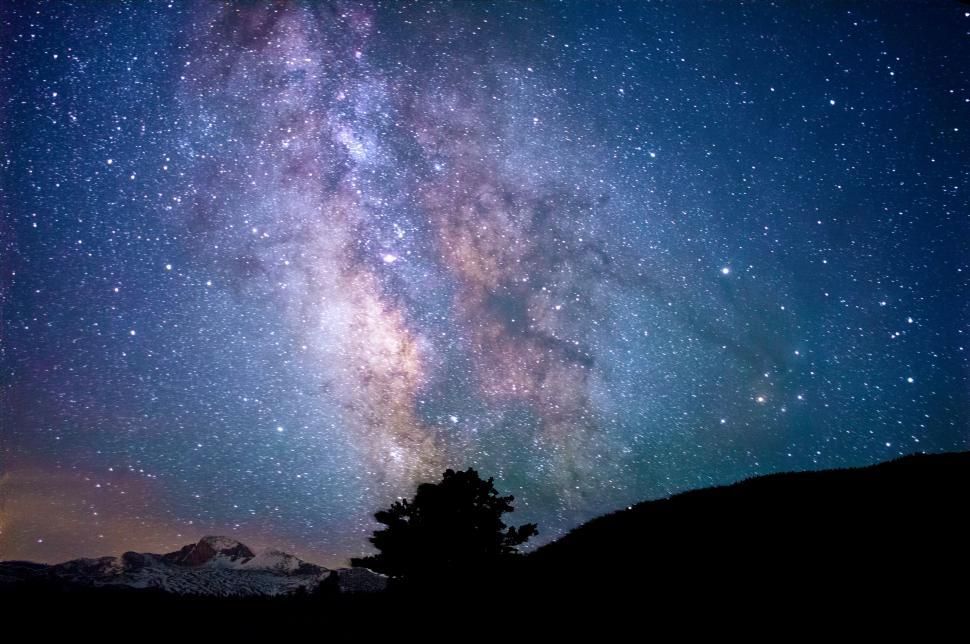
7. **Massive Stars: The Cosmic Speed Demons**Unlike their low-mass cousins, massive stars live their lives in the fast lane, burning through their fuel at an absolutely incredible rate. They’re like the universe’s drag racers, needing to generate immense energy just to counteract their own overwhelming gravitational forces. This accelerated pace means their stable main sequence phase, while brilliant, lasts for only a few million years – a cosmic blink compared to the trillions some low-mass stars can enjoy.
But here’s where it gets even more fascinating: when a massive star’s core runs out of hydrogen, it doesn’t just stop there. Oh no, the intense temperatures and pressures inside these behemoths allow them to continue the fusion party, converting carbon into even heavier elements like oxygen, neon, and magnesium. Each new element acts as a temporary fuel, buying the star a little more time, but the clock is ticking faster and faster.
This chain of elemental alchemy continues, pushing the star to fuse heavier and heavier elements in its core. For the very largest stars, this incredible process reaches its ultimate, dramatic crescendo when silicon fuses into iron. It’s a furious race against time, with each new fuel source providing less and less respite from the inevitable collapse, pushing the star to its absolute limits of stellar endurance.
By the time silicon fusion kicks in, these giants are truly living on borrowed time. This final, frantic burning of silicon into iron provides only days of energy. Yes, you read that right – *days*! It’s an incredibly rapid final chapter for these once-luminous giants, a fleeting moment of ultimate intensity before their dramatic, universe-shattering end. Talk about a fiery finale!
Read more about: The Mind-Blowing Science of Stars: Uncovering the Cosmic Truths Behind the Twinkle
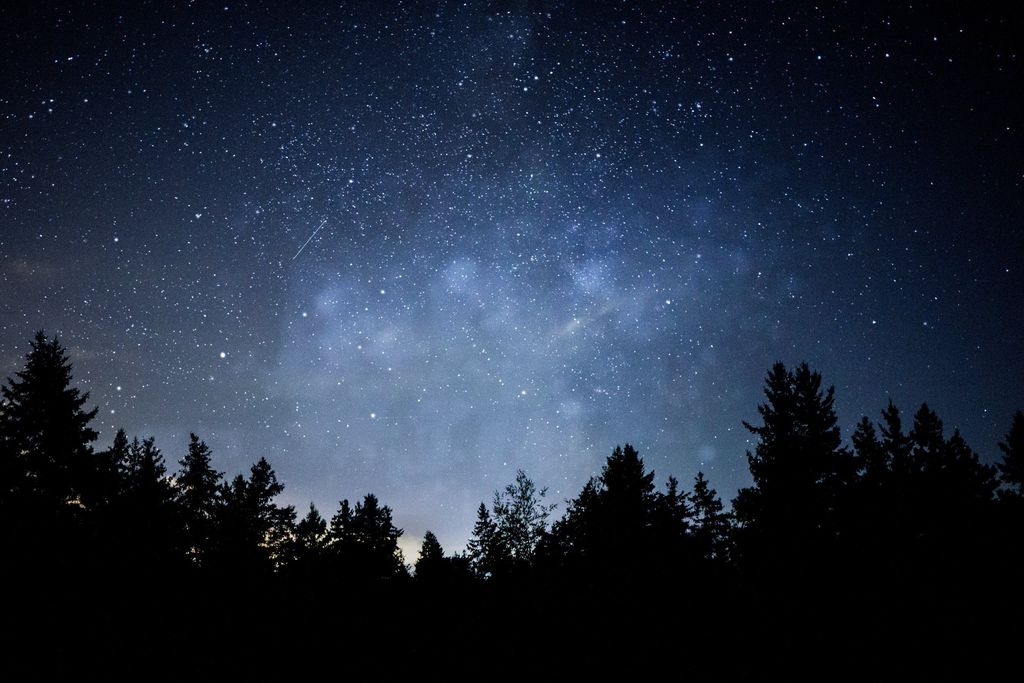
8. **The Iron Core Crisis: A Star’s Last Stand**So, why is iron fusion the ultimate deadline for a massive star? Here’s the kicker: fusing iron into any heavier element actually *requires* energy instead of releasing it. Imagine trying to run a furnace by adding fuel that cools it down instead of heating it up! It’s the ultimate cosmic paradox, and it signals the absolute end of the star’s ability to generate the outward pressure needed to fight gravity.
Once that iron core forms, and no more energy-producing fusion can occur, the battle is lost. Without that internal furnace generating outward pressure, the star’s immense gravity takes over, and the iron core collapses with terrifying speed. We’re talking about a collapse that happens in a matter of seconds, an unbelievably swift implosion that sets the stage for the universe’s most spectacular fireworks display.
But here’s the cool part: the core doesn’t just disappear. It collapses until the forces between the nuclei within it literally push the brakes. It’s like slamming into a brick wall, but on a cosmic scale! This sudden halt causes the core to rebound violently, sending an unimaginable amount of energy and matter hurtling back outwards. This rebound creates an incredibly powerful shock wave that travels outward through the entire star, ripping it apart from the inside out.
Read more about: Vanity Fair Uncovers: The Hidden Life of Jerry Lewis, From Invented Pasts to Manipulative Power

9. **Supernovae: The Universe’s Most Spectacular Explosions**That shock wave, born from the rebounding core, is the trigger for what astronomers call a supernova – a colossal, cataclysmic explosion that can briefly outshine an entire galaxy! It’s the ultimate stellar swan song, releasing more energy in a few weeks than our Sun will produce in its entire 10-billion-year lifespan. This isn’t just a big bang; it’s *the* big bang for these dying giants.
For a short time, the supernova illuminates the cosmos with a brilliance that can be seen across vast interstellar distances. Imagine witnessing an event so powerful, so radiant, that it’s equivalent to billions of Suns shining all at once! The remnant of a supernova observed in 1572, famously studied by Danish astronomer Tycho Brahe, lies about 13,000 light-years away in the constellation Cassiopeia. Even from that immense distance, it was visible to the eye!
These explosions are not just pretty lights; they are cosmic forge. Supernovae are responsible for creating and scattering most of the heavy elements in the universe—elements like gold, silver, and even the iron in our blood. Without these explosive events, life as we know it simply wouldn’t exist. They are literally the engines of cosmic creation, seeding the universe with the building blocks for future stars, planets, and even us.
10. **Neutron Stars: The Dense Heart of a Fallen Giant**After the dazzling, chaotic fury of a supernova, what’s left of the star’s original core? Well, if the original star wasn’t *too* massive, the core survives as an incredibly dense remnant: a neutron star. Imagine a stellar object so compact that a teaspoon of its material would weigh billions of tons! It’s a testament to the extreme conditions that existed at the heart of the dying star.
These fascinating objects are typically only about 12 miles (20 kilometers) in diameter, yet they pack more mass than our entire Sun into that tiny sphere. They are made almost entirely of neutrons, hence the name, because the gravitational forces are so immense that protons and electrons are squeezed together to form these neutral particles. Talk about extreme compression!
Neutron stars often spin incredibly rapidly, sometimes hundreds of times per second, and can possess incredibly powerful magnetic fields. They are like cosmic lighthouses, emitting beams of radiation that, when swept across Earth, appear as regular pulses. These ‘pulsars’ are some of the universe’s most precise cosmic clocks, silent monuments to stars that met a spectacularly violent end.

11. **Black Holes: The Ultimate Cosmic Vanishing Act**But what if the original star was *truly* massive? We’re talking about the biggest of the big. In those cases, even the immense forces that create a neutron star aren’t enough to halt the core’s collapse. Gravity, in its most extreme form, wins the final battle, collapsing the core into something even more mysterious and enigmatic: a black hole.
A black hole is a region of spacetime where gravity is so incredibly strong that nothing—not even light—can escape its grasp. It’s like a cosmic trapdoor leading to an unknown realm, a point of no return where the laws of physics as we understand them stretch to their breaking point. These aren’t holes in the traditional sense, but rather an immense concentration of mass in an unbelievably small volume.
These mind-bending objects are direct consequences of the most extreme supernova events, forming when the remnant core is too massive to support itself, even as a neutron star. They are the ultimate ‘forgotten’ state, not because they fade, but because they are so utterly dominant that they warp reality around them, leaving behind a profound gravitational signature. Their very existence challenges our understanding of the universe.

12. **Cosmic Recycling: From Ashes to New Beginnings**Now, here’s the truly awe-inspiring part that brings our stellar journey full circle. The magnificent, violent explosions of supernovae, along with the periodic ejections from pulsating giants and planetary nebulae, don’t just mark an end; they herald a new beginning. All that incredible material—the hydrogen, helium, and newly forged heavier elements—is blasted out into the vastness of space.
This material, enriched with the stellar guts of previous generations, then mixes with the existing interstellar medium. It gradually finds its way back into those cold, sprawling molecular clouds we discussed earlier – the very stellar nurseries where new stars are born. This cosmic dust and gas become the building blocks for the next generation of stars and planets.
It’s a grand, elegant cosmic cycle: stars are born from molecular clouds, live their brilliant lives, and then, in their dramatic deaths, return their enriched material to the cosmos, nourishing the very clouds from which new stars will eventually emerge. Our Sun, Earth, and everything on it—including you and me—are made of recycled stardust, literally the remnants of stars that lived and died billions of years ago.
So, the next time you gaze up at the night sky, remember that those twinkling lights aren’t just static points. They are cosmic individuals, each on an incredible journey of birth, life, and death, contributing to a universe that is constantly recycling itself, endlessly creating, and forever evolving. It’s a spectacular, ongoing saga of cosmic brilliance and profound transformation, reminding us that even in fading, there is an enduring legacy woven into the very fabric of existence. Every star, in its own way, is a testament to the universe’s eternal dance of creation and recreation.” , “_words_section2”: “1748

